Birding Resources
Plant a Bird Friendly Garden
As the spring equinox nears, you might start to consider your spring and summer garden plans. By planting certain types of flowers, shrubs, and trees, you can support your local bird populations. Many North American bird species are in decline due to habitat loss and degradation. You can help by providing essential habitat. The Cornell Lab of Ornithology has a free downloadable poster and guide with useful tips for gardening with bird-friendly plants.
For those of you who live in the northern US, like Idaho, another great resource for building an eco-friendly habitat with native plants that are beneficial to birds can be found on the Birds Canada website. Whether you have an existing garden that could use a few tweaks or an expansive lawn that you are hoping to transform for the benefit of nature, this site will give you a head start on welcoming more birds to your place!
Register for the Jackson Hole Birding Festival and Support Teton Regional Land Trust
The first Jackson Hole Birding Festival will be held May 22–25, 2025, in Jackson, Wyoming. The festival is a community celebration of the remarkable diversity of bird life in the Tetons and the magnificent surrounding parks and public lands.
Based at the beautiful Center for the Arts, the festival offers birding tours, world-class speakers, classes and workshops, and social events. Everyone is welcome! Register here.
Supporters of Teton Regional Land Trust use code JHBFTRLT when you register for the Jackson Hole Birding Festival, and Teton Regional Land Trust will receive a $45 donation for each registration! Just enter JHBFTRLT in the “Enter your discount code” box on your registration summary page before you pay.
North American Bird Migrations
Scientists at the Cornell Lab of Ornithology have documented migratory movements of bird populations spanning the entire year for 118 species throughout the Western Hemisphere. Using millions of observations from the ebird citizen-science database, they were able to map the migrations and analyze the routes used by different species. Click to watch a video of their yearly migrations and learn more about this project.




